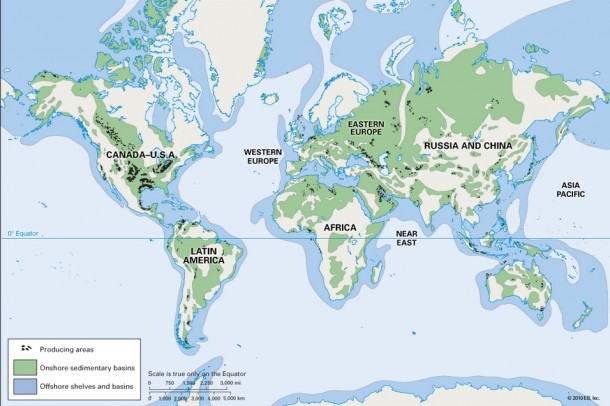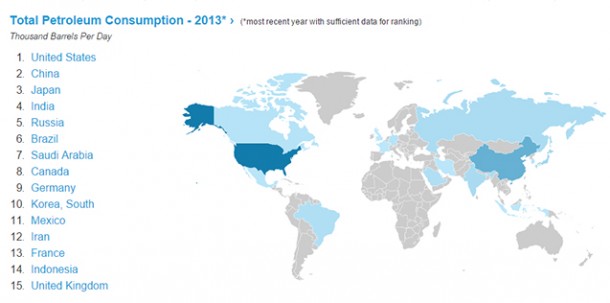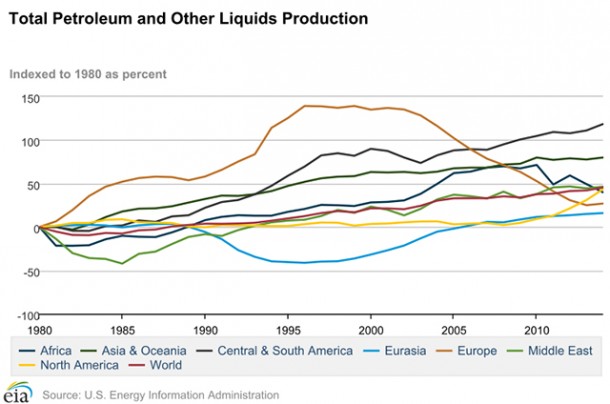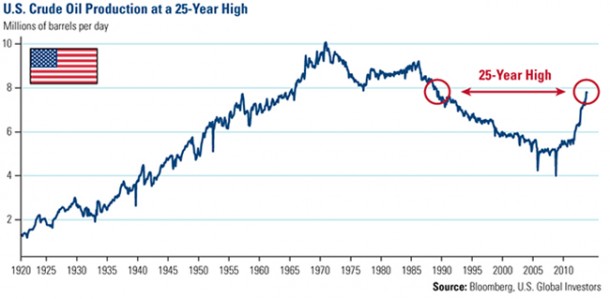In the last 200 years, petroleum has fuelled the fastest technological, industrial and economic growth in the human history. The invention of the internal combustion engine redefined the word “work”. Since then, the human living has radically changed, and the planet Earth with it.
Just a few days ago, the oil and gas heavyweight Royal-Dutch Shell, better known as simply Shell, abandoned its project to drill the Alaska Arctic, one of the last unexploited environment in our world. It took them several years, and $7bn spending, to come to the conclusions they officially released on September 28 2015:
The Burger J well is approximately 150 miles from Barrow, Alaska, in about 150 feet of water. Shell safely drilled the well to a total depth of 6800 feet this summer in a basin that demonstrates many of the key attributes of a major petroleum basin. For an area equivalent to half the size of the Gulf of Mexico, this basin remains substantially under-explored.Shell has found indications of oil and gas in the Burger J well, but these are not sufficient to warrant further exploration in the Burger prospect. The well will be sealed and abandoned in accordance with U.S. regulations. […]
Shell will now cease further exploration activity in offshore Alaska for the foreseeable future. This decision reflects both the Burger J well result, the high costs associated with the project, and the challenging and unpredictable federal regulatory environment in offshore Alaska.
The questionable viability of the project was indeed already stressed by the discreet approach of the company, which never hid how they were taking care in the Arctic. Perhaps, the public image may have played a role as well. Shell spent years shaping its figure of clean, gentle and careful giant. Unfortunately, the recent events tarnished this trustworthy facade.
With its “Save the Arctic” campaign, Greenpeace led activists worldwide in the defense of this pristine corner of the Earth. The environmental organization highlights how:
The Arctic is the world’s air conditioner, but amid global climate change, it’s warming twice as fast as the rest of the world. In the last 30 years, 75% of the summer sea ice volume has disappeared, causing oil companies to try and take advantage.
The paradox is all in that: Shell, among the other oil companies, is technically able to expand its searches towards the North Pole today more than ever, since is the global warming they consistently contribute to create that allows their vessels to break the ice through this untouched wilderness. Moreover, the falling oil price worldwide, combined with the progressive environmental impact, raises the international debate on the reliability of fossil fuels as the main energy source in the next future.
The issue, though, doesn’t only involve neither Shell, nor the USA. It reflects the run, all over the world, to the search of the last untapped reserves of crude, since the existing ones are on the way of running out. This could trigger unpredictable, and fearsome, economical and political scenarios, as exhaustively depicted in a feature titled “The New Cold War” by The Guardian and the inspiring documentary “Alaska’s Last Oil“, directed by Peter Yost and produced by Pangloss Films for National Geographic Channel.
The real extent of a problem is usually given by its overview. Let’s widen our angle, with the support of graphics and data, to see how oil matters worldwide.

Onshore and offshore oil basins around the world, from www.earthscience.stackexchange.com
According to the US Energy Information Administration (EIA) estimate for 2013, the world consumes 91,289 million barrels of oil each day.
It’s very interesting to compare the production/consumption data and trends with the export map below. The OPEC countries lead neatly, while the USA basically consumes all the oil it produces.
The Americas
As often happen, North America leads. The USA is the driving force in either production and consumption worldwide. If oil production, which peaked around 1970, is booming again since 2010, it is due to the breakthrough technology of hydraulic fracturing and directional drilling, which gave access to the shale formations in Texas and North Dakota. On the other hand, production in Alaska is living a free fall, due to the cost related to environmental regulations which obstruct further exploitation of this chaste environment.
There’s not to forget that Alaska already witnessed at least two major environmental disasters, as the Exxon Valdez oil spill in 1989 and the Prudhoe Bay oil spill in 2006.









